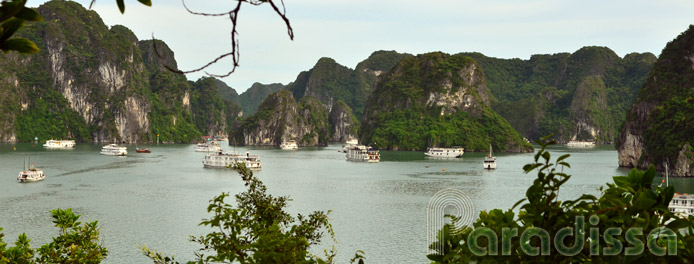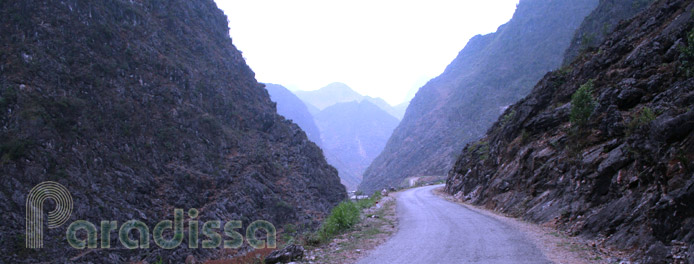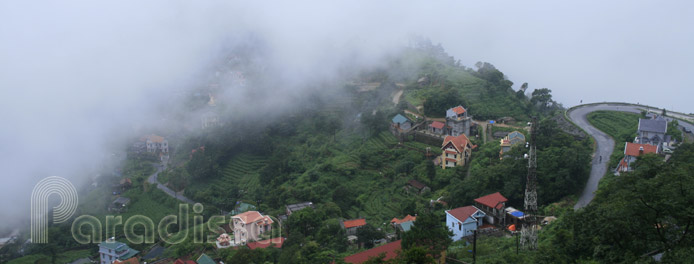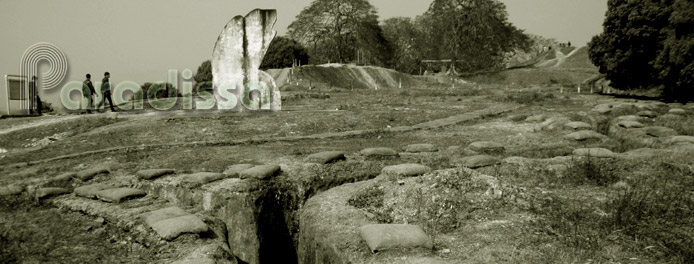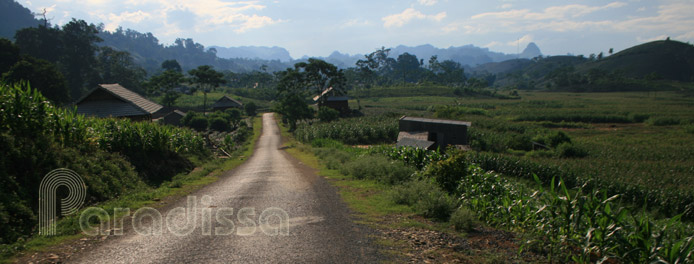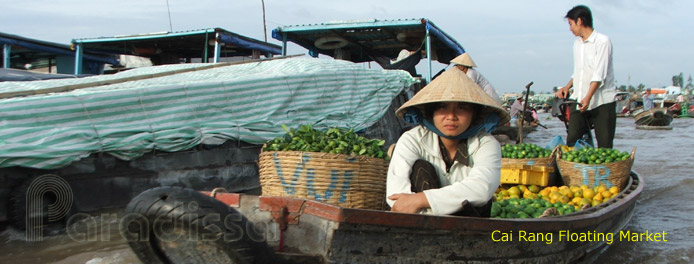This is a travel guide and travel information for transportation where you can find useful information on how to get to Vietnam and how to get around the country, the conditions and availability of means of transportation.
Flights
If you intend to travel only a few cities in Vietnam, flying is the most convenient and time-saving way. There are airlines in Vietnam: Vietnam Airlines, Pacific Airlines, Air Mekong and VietJetAir.
Vietnam Airlines flies to most places in the country: Dien Bien Phu, Hai Phong, Vinh, Dong Hoi, Hue, Da Nang, Tam Ky, Quy Nhon, Tuy Hoa, Nha Trang - Cam Ranh, Pleiku, Buon Ma Thuat, Da Lat, Saigon, Can Tho, Ca Mau, Rach Gia, Con Dao Island, Phu Quoc Island.

Ha Noi Airport for International Departures
The major problem with flying is booking air tickets. It is essential to book flights early especially on popular routes as tickets are normally booked out. Internal flights are fairly reliable, delays and late flights are expected for bad weather and during peak tourist seasons.
Air tickets prices are flexible depending on tourist seasons. It is compulsory to reconfirm your air tickets 24 hours before your flights with Vietnam Airlines. Flights may be 10% overbooked during peak tourist seasons, which means even if you reserve seats and pay for the tickets and reconfirm your flights and present at the airport for check-in in time, there may be 10% chances that you are not able to board the intended flight.
Pacific Airlines have become a low-cost airline servicing to certain destinations such as Hanoi, Ho Chi Minh City, Da Nang only.
Air Mekong operates flights to Hanoi, Ho Chi Minh City, Vinh, Da Nang, Quy Nhon, Pleiku, Buon Ma Thuot, Da Lat, Con Dao Island, Phu Quoc Island.
VietJetAir operates flights mainly between Hanoi and Ho Chi Minh City.

Hanoi Airport for domestic departures
Trains
There is a regular train service running the length of Vietnam between Hanoi and Ho Chi Minh City. Many people like to travel the length of the country by this means of transportation. Tickets allow passengers to break their journey at the major regional cities like Vinh, Dong Hoi, Dong Ha, Hue, Da Nang, Quy Nhon, Tuy Hoa, Nha Trang and Thap Cham. The trip from Hanoi to Ho Chi Minh City takes between 30 and 42 hours, depending on each train. Passengers can book a sleeper compartment with air-conditioning, soft seat with air-conditioning, or economy class with hard seats with or without air-conditioning.

Vietnam Reunification Train
Besides those trains between northern and southern Vietnam, there are different local trains operating between two or more destinations such as between Hanoi - Vinh, Nha Trang and Ho Chi Minh City, Hue and Da Nang...
There are tourist trains for Hanoi - Lao Cai or Hanoi – China, Hanoi – Da Nang, Ho Chi Minh City – Nha Trang. The facilities are better than normal trains, ranging from standard to deluxe.
There's a train between Hanoi and Ha Long City, but it's not recommended as this is probably the slowest one on earth.

Vietnam Reunification Train
Buses
Vietnam has a regular bus service that connects even the remotest areas of the country. it is very cheap, but the emphasis is on economy not on comfort; since people have to squeeze into seats comparable to those found in kindergartens. No point in buying two tickets to secure extra space as seating is allocated to all available space. Nevertheless, buses may be a great way to meet the locals and to be surrounded by locals for short distances and quiet roads. There are some good bus companies that don't stop on the journey to pick up more clients, while most just do.
During festive seasons (especially right before and after the Lunar New Year or Tet in Vietnamese), traveling by bus is not recommended as it is extremely crowded and dangerous. It is often that during the festive times, bus drivers and conductors put too many passengers onto the buses which travel at lightning speeds once hitting the roads. Hanging around bus stations during festive times is not recommended either; there are just as many pick-pockets, scams and crimes reported in newspapers already.
Taxis
In most cities in Vietnam, the easiest method of transport is taxis. Most are relatively with new models of car and are air-conditioned. Most taxis have meters which makes it much more comfortable for the passengers. Still some illegal ones are not supposed to have a meter. This means if you happen to hop into an illegal taxi, anything can happen after the trip. The authority of Vietnam has been doing with great efforts and with very good efficiency in closing down bad-service taxi companies and banning illegal taxis from operations throughout Vietnam. Some taxi drivers have stood trial for crimes committed to passengers. Traveling in by taxi, the travelers are expected to pay for all road tolls.
Prices for traveling by taxi are reasonable and most trips within a city cost from USD2 to USD5. Comparing this with the price of a cyclo trip (about the same) and except for the novelty of the transport, taxis prove better service.
Be sure with the taxi driver that you don't have to pay for hidden costs after the trip. Please report your incidents to the authority of tourism which has booths in different cities in Vietnam, or please send your incidents via Paradissa Travel website, we will forward your report to the authority.
Xe Om
On many street corners in Vietnam, we can find men with motorcycles willing to carry you anywhere. This mode of transport is known as "Xe Om" or “embracing transfers”. It is usually convenient, quick, cheap and reliable although the fare should be negotiated before commencing the journey. The biggest problem is explaining the destination to the driver because pronunciation is everything in Vietnamese. Carry a pen and paper or a map. It is recommended that the fare and the destination be written down before the trip. This could be an exotic journey for many travelers. If you find it frightening, always keep your eyes closed and keep singing your anthems while weaving the exotic traffics in Vietnam.



















